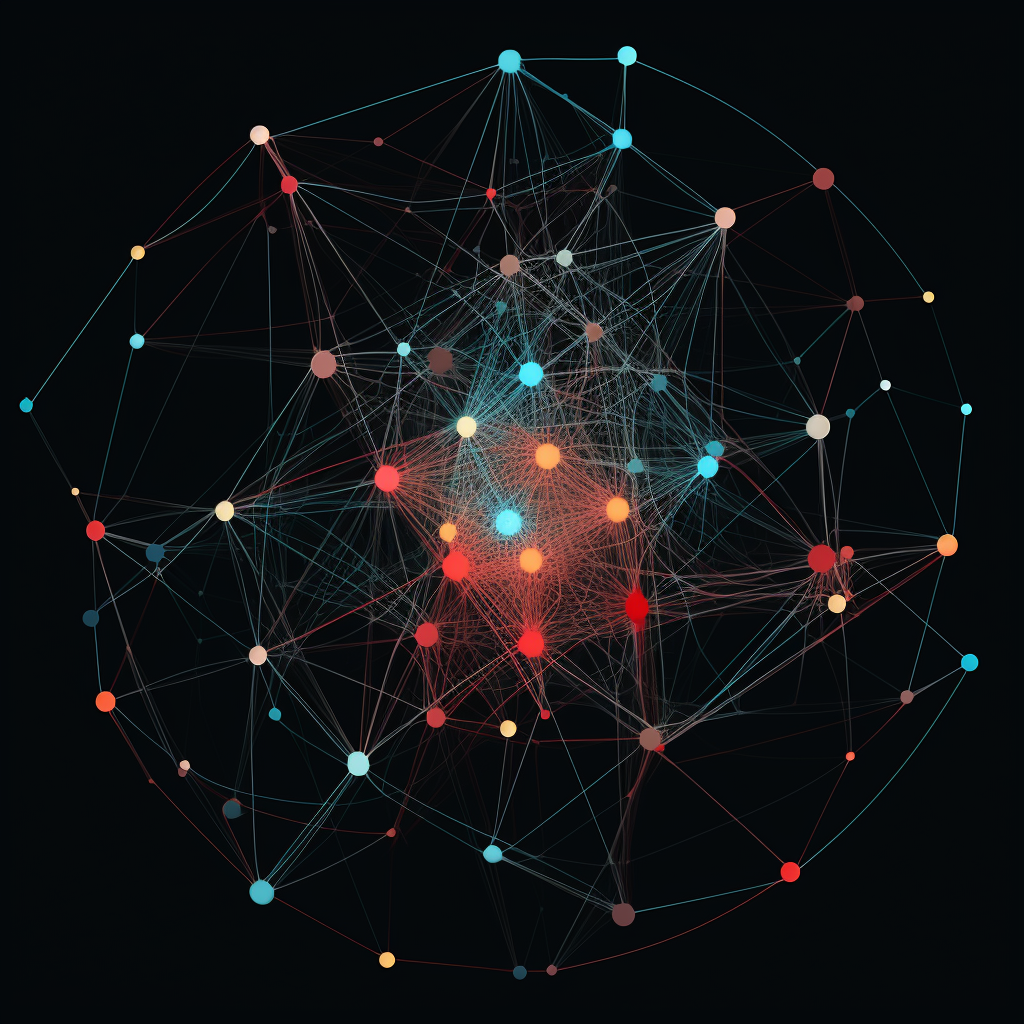Graph Theory in Network Analysis: Unraveling Complex Connections

Graph theory, a fundamental concept in mathematics and computer science, is instrumental in understanding and analyzing complex networks. From the intricate web of social interactions to the vast networks of internet connectivity, graph theory provides the tools to decode these complex structures. This article aims to elucidate the role of graph theory in network analysis, catering to students and professionals alike.
Graph theory revolves around the study of graphs, which are mathematical structures used to model pairwise relations between objects. A graph is composed of nodes (or vertices) and edges (or links) that connect these nodes. In network analysis, nodes represent individual entities, and edges represent the relationships or interactions between these entities.
Graph theory is crucial in various fields, including sociology, computer science, biology, and transportation. In computer networks, it helps in understanding and optimizing the flow of data. In social networks, it's used to analyze the patterns of relationships among individuals. In biology, graph theory is applied in the study of protein-protein interaction networks and gene regulatory networks.
The application of network analysis varies across different cultural contexts. In economics, it can be used to understand the trade networks between different countries, reflecting the globalized nature of modern trade. In epidemiology, it helps in tracing the spread of diseases across different regions and populations.
With the increasing use of network analysis in various domains, ethical considerations, particularly concerning privacy and surveillance, have come to the forefront. For instance, the use of network analysis in social media can infringe on privacy if not regulated properly. In surveillance, while network analysis can be a powerful tool for security, it raises concerns about the extent to which individuals' data can be monitored and analyzed.
Real-world examples of network analysis provide insightful illustrations of graph theory's applications. In telecommunications, network analysis helps manage and optimize network traffic, ensuring efficient data transmission. In transportation, it's used for route planning and traffic management, helping to ease congestion and improve travel times.
The future of network analysis, powered by advancements in graph theory, holds immense potential. With the rise of big data and machine learning, the ability to analyze vast and complex networks is becoming increasingly sophisticated. This progress opens new avenues for understanding and optimizing networks in various fields.
Graph theory is a powerful tool in the toolkit of anyone looking to understand complex networks. Its ability to model and analyze the connections that shape our world is invaluable. For students and professionals in mathematics and computer science, a solid grasp of graph theory is essential in navigating the interconnected world of today.